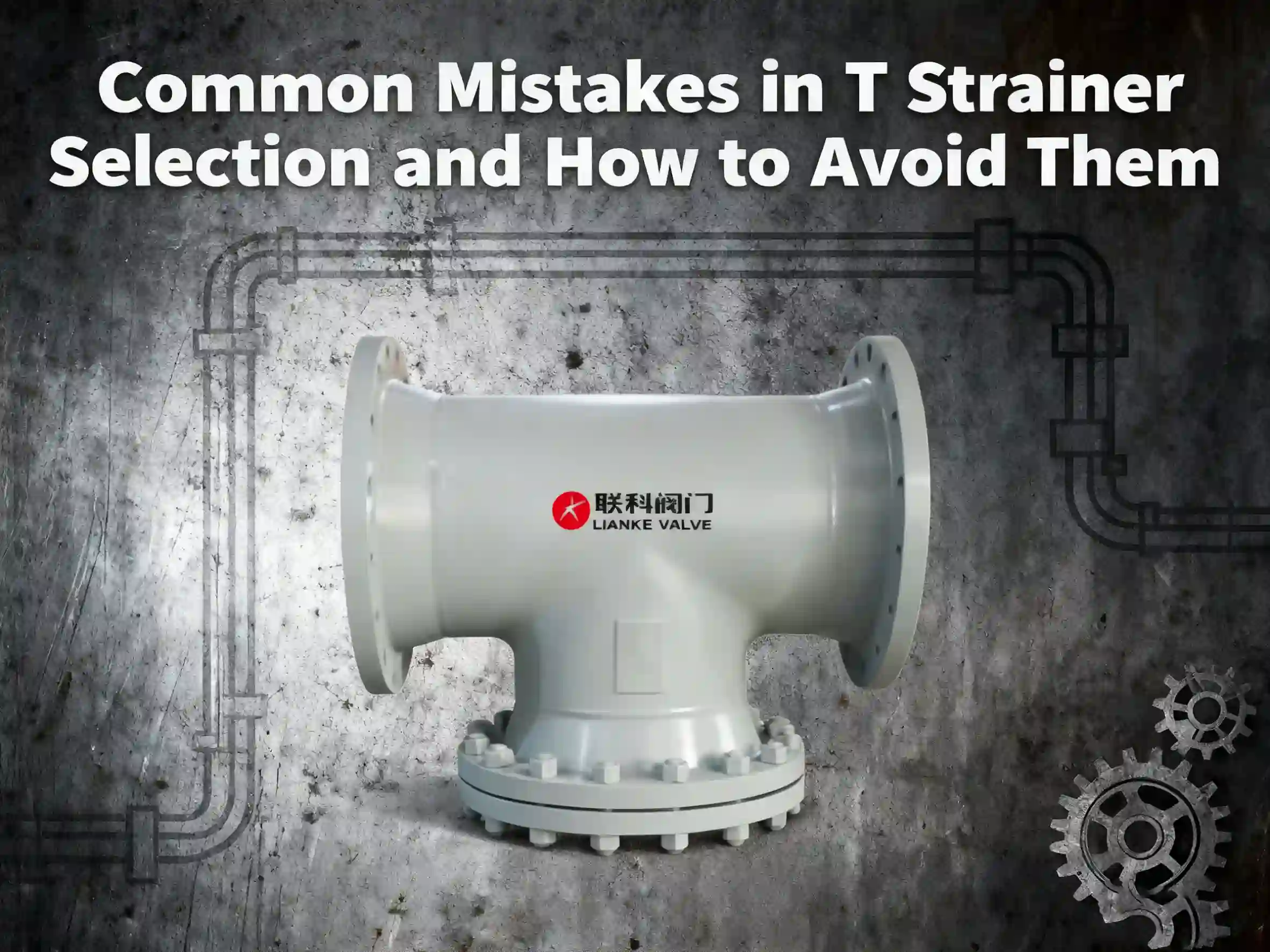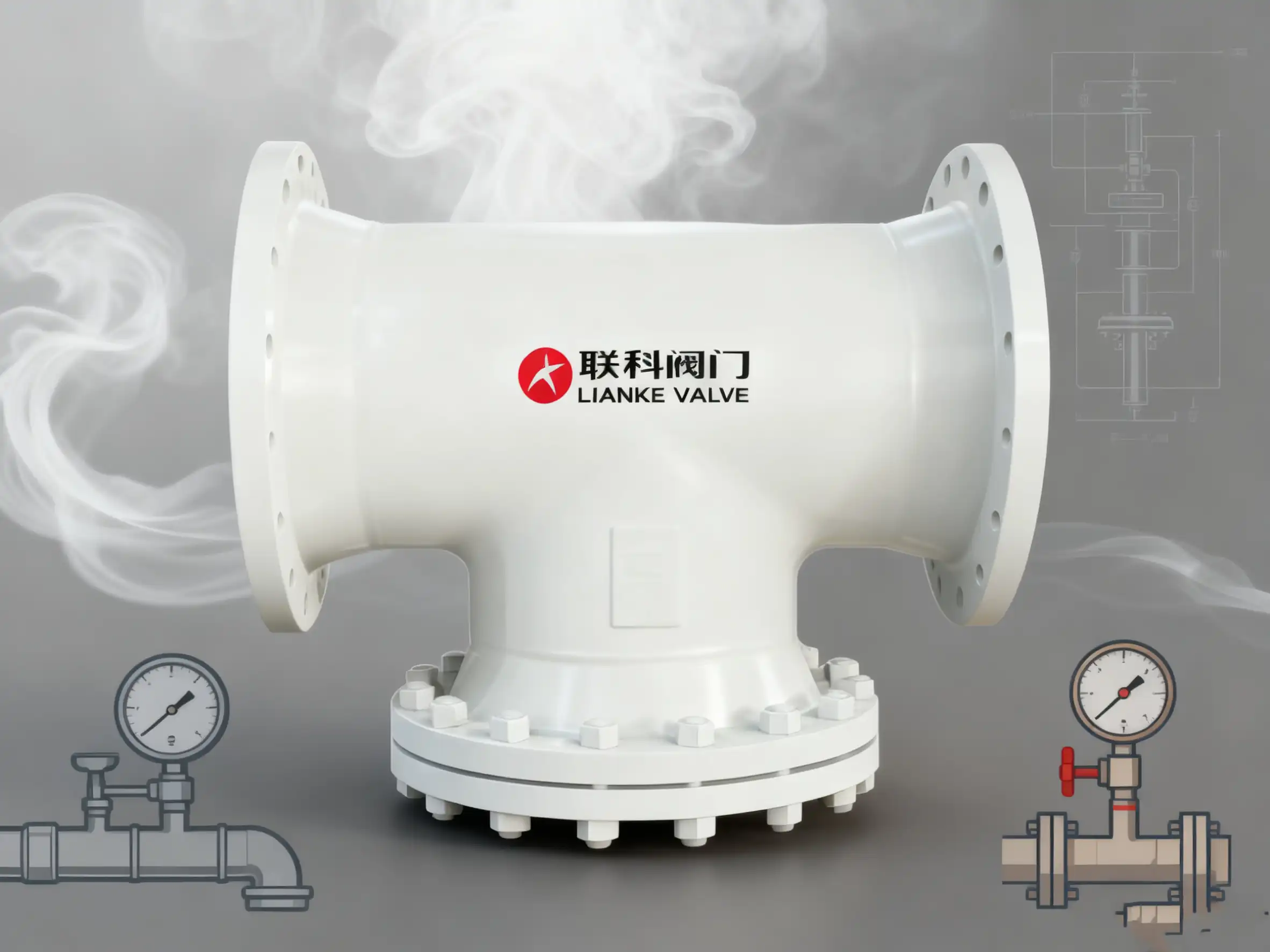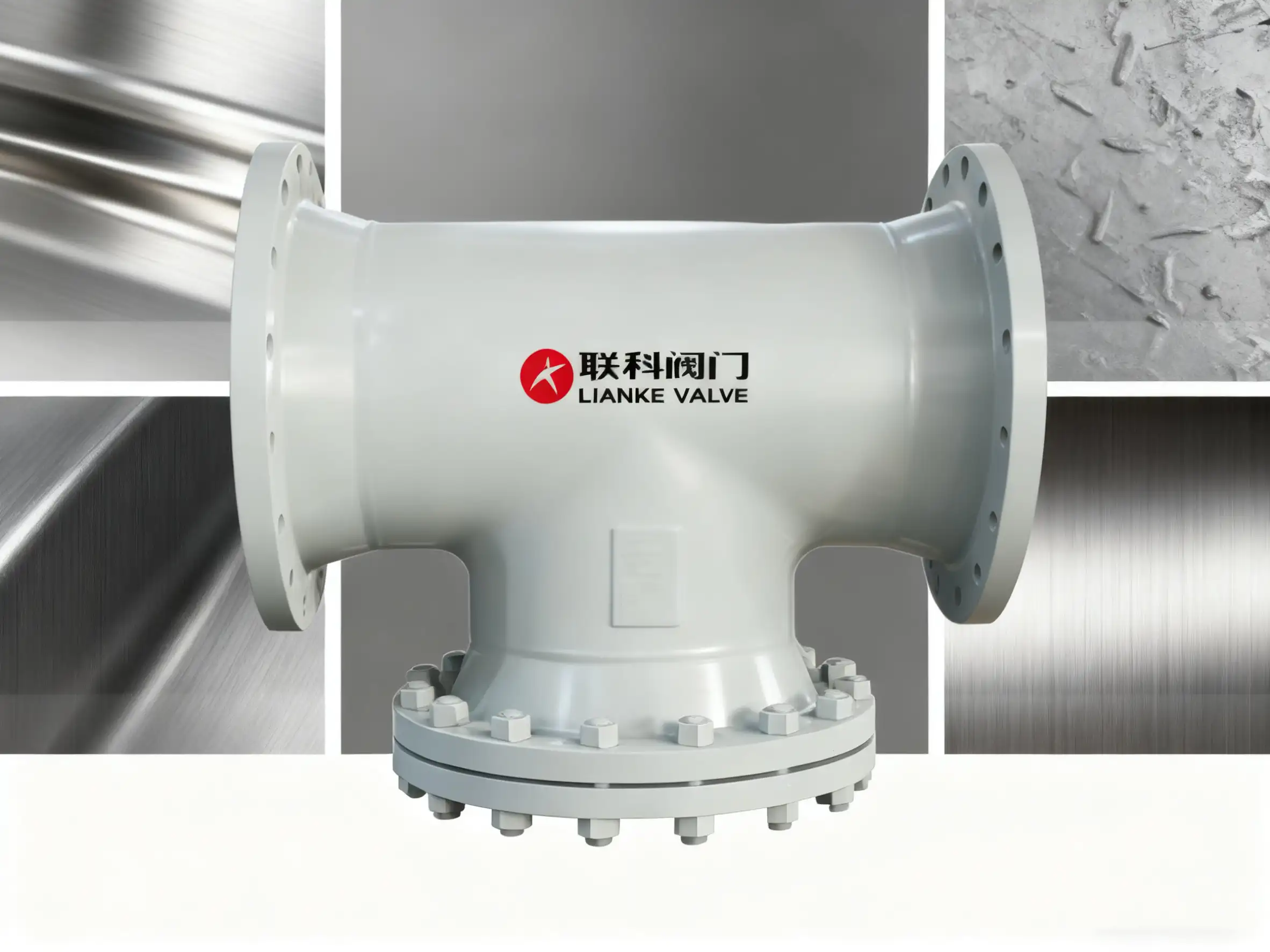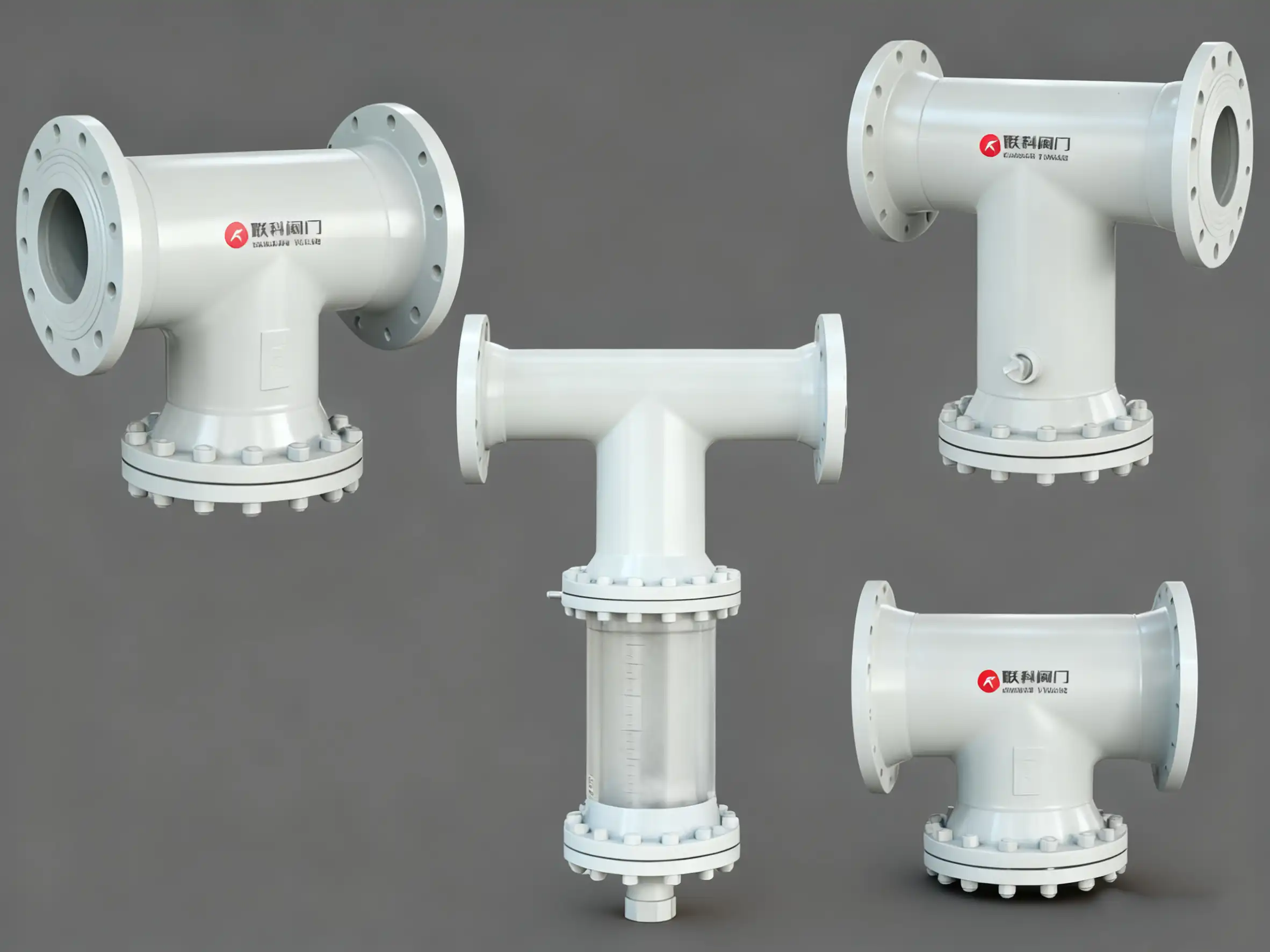

Proper strainer placement is critical because it directly affects your pump’s performance. The right placement enables the pump to capture debris before it can damage impellers or clog internal components. You can say it’s difference between a pump that runs trouble-free for years and one that requires frequent repairs and early replacement.
Pump suction strainers act as the first defense for your pumping system. They catch solids, rust particles, and other contaminants before they can damage expensive internal components.
Without properly positioned strainers, even small particles can cause big problems. They can scratch or erode the pump’s impeller, wear down seals and bearings, and sometimes completely block flow. Your pump then has to work harder, using more energy and wearing out faster.
Even if these particles don’t cause immediate failure, they gradually degrade performance until your pump no longer works efficiently or reliably.
Reliable filtration to protect valves and pipelines — Y, T, basket, and duplex types available.
Explore Strainers

The most effective placement for pump strainers is on the suction side, right before the pump inlet. This strainer suction setup ensures that debris is filtered out before it can cause any damage and provides several key benefits:
For RV systems, the rv water pump strainer should be installed where you can easily access it for cleaning while still keeping it close to the pump inlet.
Depending on your system, you’ll need specific strainer types with their own positioning requirements:
Basket Strainers: These work best when installed horizontally on the suction line. Their larger screening area handles high flow with lots of debris.
Y-Strainers: Position these with the screen pointing downward or to the side, never up. This uses gravity to help collect debris in the strainer pocket.
T-Strainers: Install these in-line with the body perpendicular to flow for excellent protection while maintaining efficient flow.
For industrial applications, our catalog of strainers includes options designed for various flow requirements and contamination levels. The right strainer in the right position can significantly extend pump life and reduce maintenance costs.
When pump strainers aren’t correctly placed, several problems can occur:
Poor water pump strainer positioning can damage not just the pump but also other components downstream. It also means higher energy costs as your pump works against unnecessary restrictions.
Industrial pump strainers need proper sizing to handle expected flow with minimal pressure drop. The strainer should have at least three times the cross-sectional area of the suction pipe to avoid restricting flow.
An rv water pump strainer in these compact systems should be installed before the pump but somewhere you can reach for regular cleaning. These often use clear bowls so you can check them without taking anything apart.
Water pump strainer positioning in treatment facilities must account for changing debris loads and flow rates. Some use dual strainer arrangements so you can clean one while the other works, providing continuous protection.
Even perfectly positioned strainers become useless if you can’t maintain them. When installing pump strainers, always ensure:
Remember that pump suction strainers need regular maintenance to keep working properly. Even when systems run well, regular checks prevent unexpected failures.
Proper strainer positioning is a small detail that makes a big difference in pump reliability and lifespan. By selecting and positioning the right pump strainers for your system, you protect expensive equipment while maintaining optimal performance.
Whether you’re working with industrial systems, water treatment, or simple rv water pump strainer setups, the principle stays the same: position strainers to effectively catch debris while maintaining proper flow to the pump.

A T type strainer may seem like a simple filtration device, but making a bad choice when getting one might just throw your system off balance. Even a small oversight in selection can lead to pressure drops or premature equipment wear. Steer clear of these mistakes, and your system will run smoother and last longer. […]

A T type strainer is a reliable equipment used to safeguard steam and high-pressure systems. Filtering out unwanted particles before they reach critical equipment helps maintain stable and efficient operation. Knowing when to install a T type strainer and how to choose and set it up correctly can make all the difference in preventing costly […]

A T type strainer is an effective equipment used in various industries to keep fluid systems free of contamination and component wear. However, not all strainers are made of the same material, which can determine how well they perform. This guide explains the materials from which T-type strainers are made, as this is vital to […]

A T type strainer plays a vital role in ensuring that fluid systems and pipelines stay free of debris that can damage their operations. This article provides an overview of its everyday applications and variants, explaining why it’s essential across various industries. What is a T Type Strainer? A T type strainer focuses on filtration. […]



